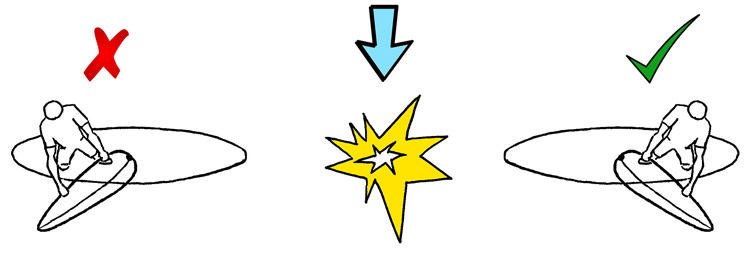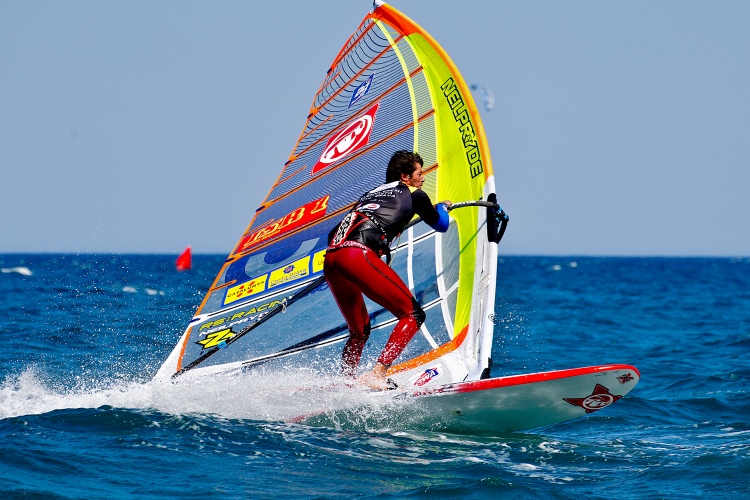What do the nautical expressions port and starboard mean? Why do they have those names? Which one designates left, and which one indicates right?
It's a classic problem that arises in the early stages of windsurfing and sailing in general. Port and starboard are the words used for the left and right-hand sides of the windsurf board or watercraft.
Port and starboard are used independently of the wind, and they do not cause confusion, for example, when two sailors navigate on a collision course.
The use of left and right would always depend on the direction the sailor is facing.
Therefore, port is always the left side of the windsurfer or any other sailing craft when looking from the stern (tail) towards the bow (nose).
Starboard is always the right side of the windsurfer or any other sailing craft when looking from the stern (tail) towards the bow (nose).
When the wind is blowing over the port side of the board, the craft is said to be on a port tack.
If you're sailing on a port tack - with the wind blowing over the left-hand side of the board - you must always give way.
On the other hand, if the wind is blowing over the starboard of the windsurfer, the craft is said to be on a starboard tack.
A windsurfer on a starboard tack has the right of way over sailing crafts on a port tack.

The Old Norse/Old English Influence
But why do we call the left side of a windsurfer "port" and the right side "starboard"?
The word "starboard" comes from the Old Norse/Old English. Viking ships were steered by right-handed oarsmen on the right-hand side of the crafts.
The native words "stýri" (steering) and "borð" (board) were used to tell the side on which the ship was steered.
Vikings also had a similar version for the opposite side: "larboard" (the side on which cargo was loaded).
But its similarity with starboard forced the birth of a new name: port.
Ships were frequently moored on the left side at ports in order to prevent the steering oar from being crushed, so the expression was accepted and grew among sailors.
Later, and to make things even more confusing, the concepts of port tack and starboard tack were added to the sailors' lingo.
The starboard tack refers to any point of sail where the windward side of the board is the starboard side.
Port tack refers to any point of sail where the windward side of the board is the port side.
But in a "Points of Sails" illustration, can you tell which side represents the starboard tack? The left side.
That's because, on those points of sail, the windward side of the board (the side closest to the direction of the oncoming wind) is the starboard or right-hand side of the board.
Are you still confused? Let's see. Right is starboard, and left is port.
But in the "Points of Sails" diagram, the wind is coming from the right side of the board.
On the right, it's coming over the left side of the board. So, if starboard is right, the windsurfer on the left is on the starboard tack.
Discover the dictionary of windsurfing. Learn what wind is.
